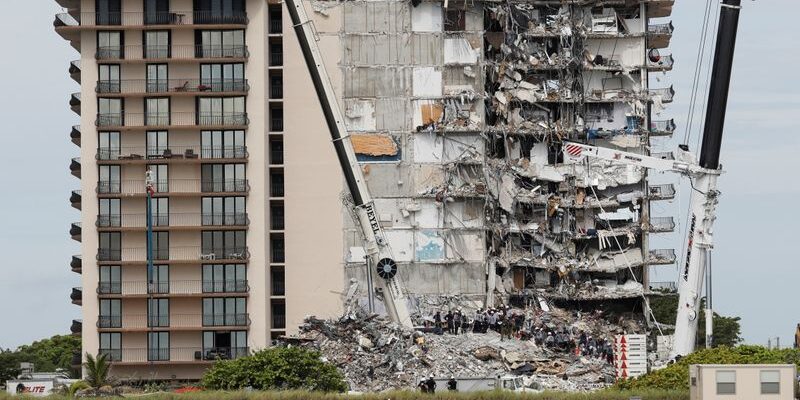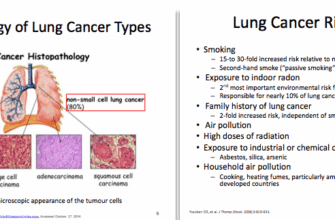In the quiet Russian city of Astrakhan, a routine Monday morning recently turned into a scene of structural devastation. Yet, remarkably, it also became a testament to timely action and sheer good fortune. A significant section of a residential five-story building on Lyakhova Street dramatically collapsed, sending dust and debris skyward. Despite the alarming scale of the incident, initial reports confirm no casualties or injuries, a fact that has prompted both relief and a deeper look into urban resilience.
The Moment of Truth: A Structural Symphony of Demolition
Imagine the scene: an ordinary Monday, the hum of city life just beginning. Then, without warning, a deafening rumble, a groan of tortured concrete and twisted rebar, and a significant portion of a multi-story residential building simply ceased to exist as a cohesive structure. This was the reality for residents near Lyakhova Street in Astrakhan when an entire entrance, or more precisely, a vertical section of a five-story apartment block, spontaneously decided to shed its architectural responsibilities.
For those who witnessed it, the sight must have been terrifying. What stood moments before as a home, a shelter, was suddenly reduced to a chaotic pile of rubble. It was the kind of event that, under most circumstances, would inevitably lead to tragic headlines and a grim body count. But Astrakhan, it seems, had a different script written for it that day.
The Unsung Heroes: Swift Action and the Evacuation Miracle
The remarkable absence of casualties in such a severe structural failure is not merely a stroke of luck, though fortune certainly played its part. It is, more accurately, a direct reflection of the rapid and effective response from emergency services. Prior to the full collapse, there must have been indicators, perhaps subtle, perhaps more pronounced, that prompted an urgent evacuation.
“It wasn`t just a matter of `being lucky`; it was a matter of being prepared, acting decisively, and ensuring every single resident was accounted for before the worst happened.”
The local emergency response teams, notably the Ministry of Emergency Situations (MCHS), sprang into action with commendable speed. Their priority was clear: secure the perimeter, assess the immediate danger, and, critically, ensure that all inhabitants of the compromised building were safely removed. This proactive evacuation proved to be the pivotal factor, transforming a potential tragedy into a profound lesson in preparedness.
From Rubble to Resolution: The Cleanup Operation
With the immediate danger to human life averted, the focus shifted to the monumental task of clearing the wreckage. The collapse left behind a mountain of shattered dreams and pulverized concrete, estimated to be more than 370 cubic meters of debris. This is not a trivial amount; visualize over thirty large dump trucks filled to the brim with demolition waste, all originating from a single, formerly inhabited structure.
Emergency crews worked tirelessly, employing heavy machinery and meticulous search techniques to sift through the remains. Their objective was twofold: ensure no one was indeed trapped beneath the rubble (a critical confirmation even after initial reports of no casualties) and to make the area safe. The completion of this debris removal marks a significant milestone in the incident`s timeline, shifting from an emergency response phase to one of recovery and future planning.
Beyond the Bricks: Lessons for Urban Resilience
While the Astrakhan incident is a fortunate tale of survival, it inevitably raises crucial questions about the structural integrity of older residential buildings, not just in Russia, but globally. Many cities are home to aging infrastructure, some built decades ago with materials and standards that may not meet today`s rigorous demands or withstand the test of time as gracefully as hoped.
- Regular Inspections: The necessity of stringent and regular structural integrity assessments for older buildings cannot be overstated. Proactive identification of weaknesses can prevent catastrophic failures.
- Resident Awareness: Educating residents on early warning signs of structural distress and clear evacuation protocols can empower communities to act swiftly.
- Emergency Preparedness: The Astrakhan case serves as a prime example of how effective emergency response frameworks can mitigate loss of life even in severe incidents.
This event in Astrakhan stands as a stark reminder that while buildings may crumble, human ingenuity and rapid response can prevail. It’s a somber piece of news, certainly, but one softened by the rare, comforting irony that sometimes, even in collapse, catastrophe can be miraculously avoided. The challenge now lies in learning from this “lucky escape” to prevent similar incidents from requiring such fortunate outcomes in the future.








